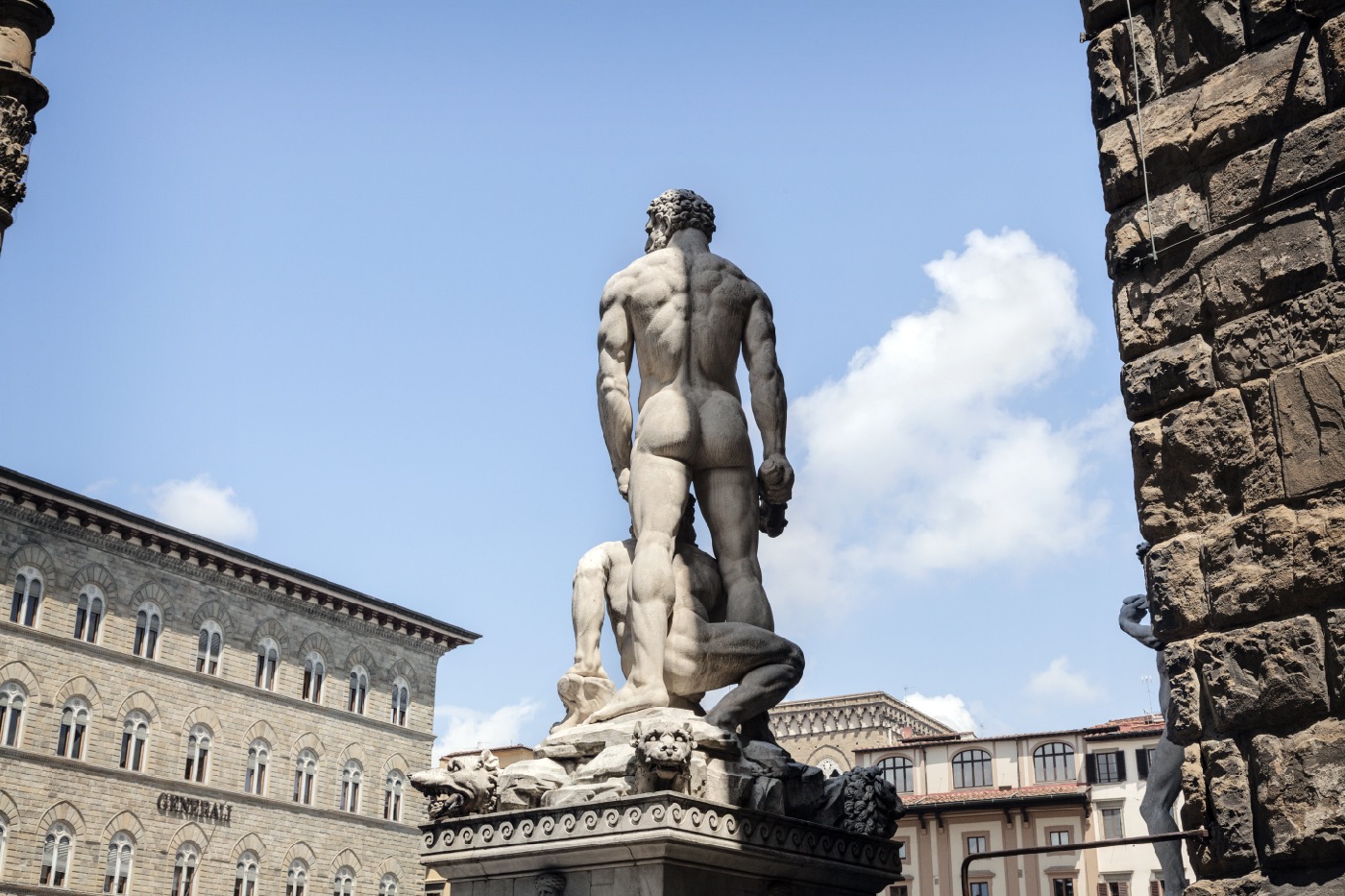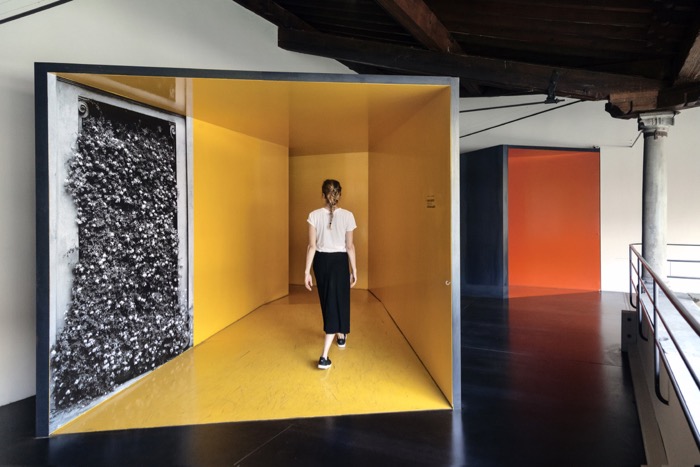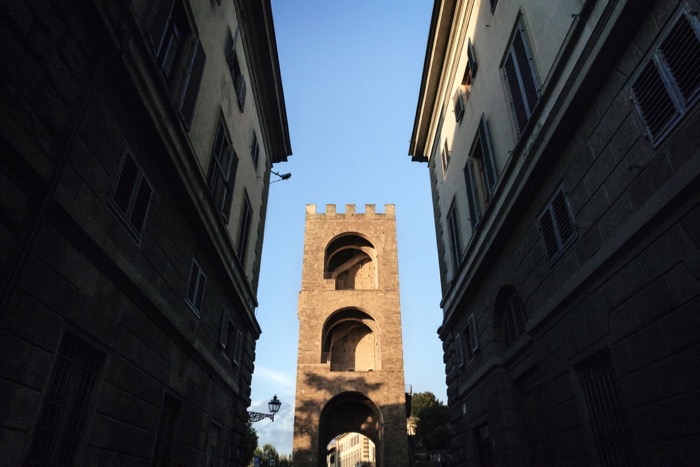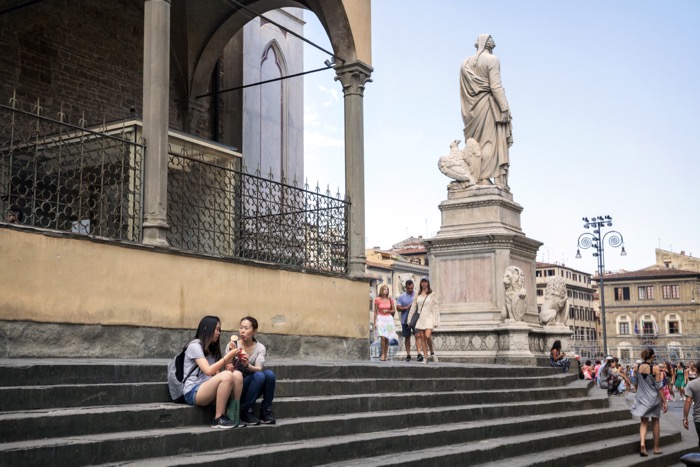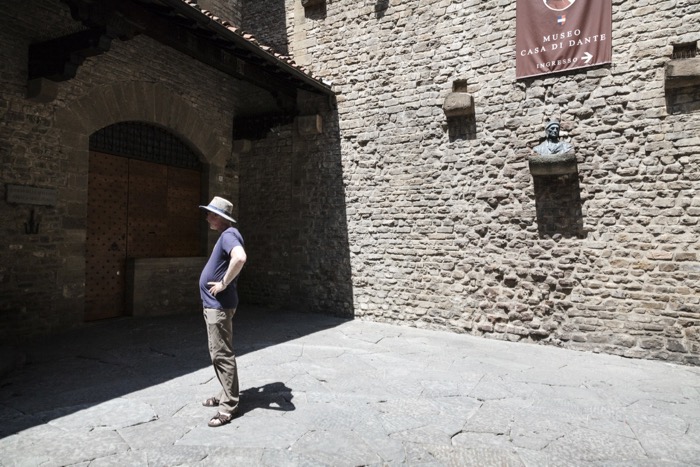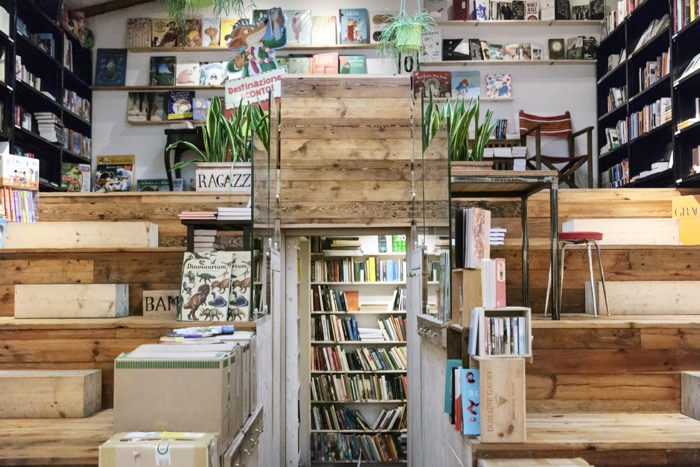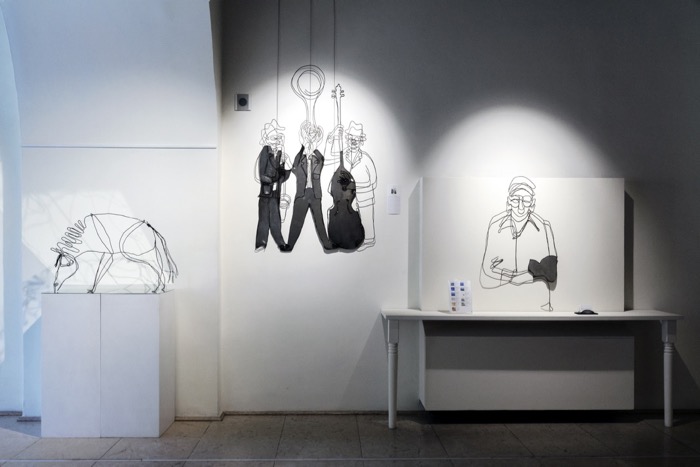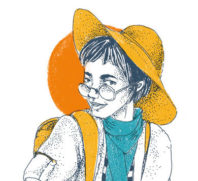Florence is an unsolved enigma. You may be mad for its Renaissance wonders or hate the fact that it’s a theatre of human nomadism, but you’ll never be indifferent to it. The Tuscan capital is a constant source of enchantment, translating into art, literature and music.
Music is where I begin the first leg of my journey. As a lover of Italian new wave, I couldn’t help but be inspired by the well-known music shop DATA RECORDS 93, once known as Contempo, at 15/R Via dei Neri. This is where the city streets merit a very brief parenthesis. On your arrival in Florence, if you think the street numbering makes less sense than pineapple on pizza, you’d be about right. There is a logic to it, though, which you’ll discover once you’ve gone back and forth like a crazy person for hours, baffled by the fact that 7 and 9 come between 13 and 15. The numbering is in fact divided between R (red, or rossa) and N (black, or nera): the first indicates commercial activity and the second a residence. Having solved the mystery, let’s go back to music. From its humble beginnings in 1977, DATA RECORDS 93 has marked the history of Florentine and Italian rock. Measuring about 20 square metres and amounting to little more than an underground cavern, the shop is the work of Giampiero Barlotti, together with the twin label “Contempo”. Bands likes Litfiba, Diaframma, Pankow and Clock DVA were born here, and cult labels distributed, paying particular attention to the international stage, as well as the Italian scene. Today, the shop retains its anarchic appearance, seemingly chaotic, but behind which lie practical displays and meticulous cataloguing.


